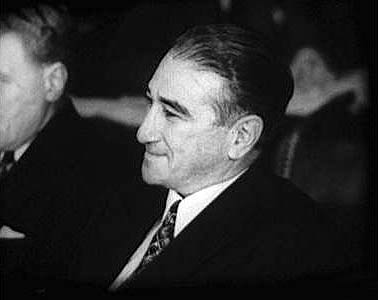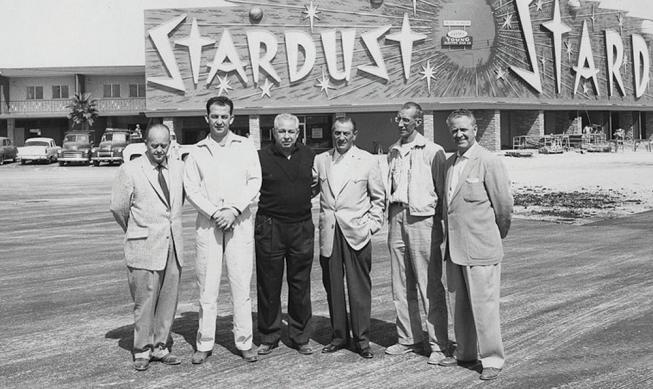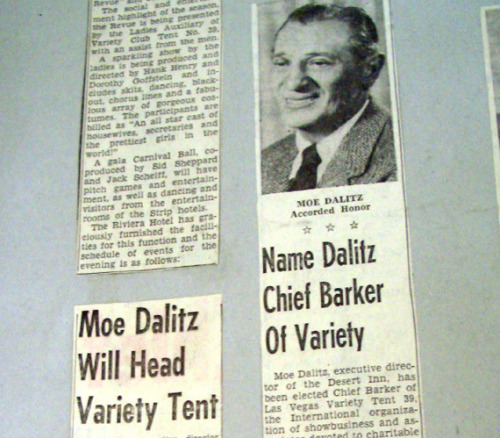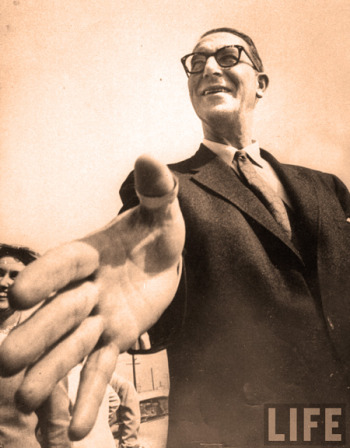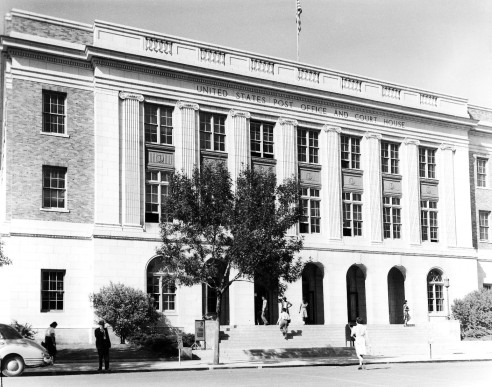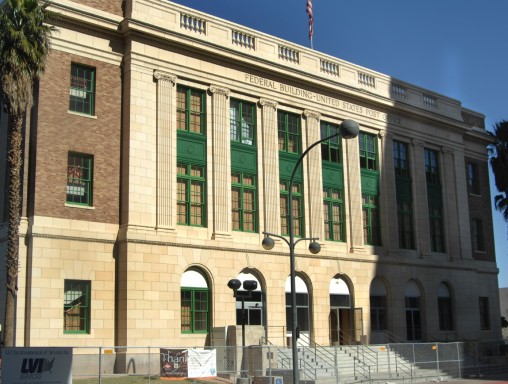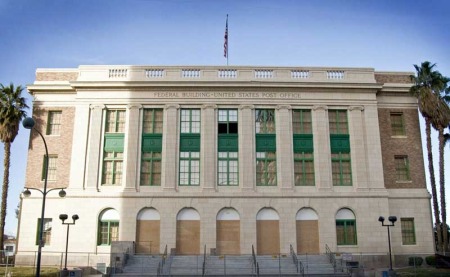
National Museum of Organized Crime and Law Enforcement opens in Las Vegas on February 14, 2012
There are two sides to every story — and then there’s the truth. Uncover the real life battle between organized crime and law enforcement when The Mob Museum opens to the public on Valentine’s Day, February 14, 2012. The Mob Museum, the National Museum of Organized Crime and Law Enforcement, is a world-class destination in downtown Las Vegas. It presents an exciting and authentic view of the mob’s impact on Las Vegas history and its unique imprint on the world.
The Museum, which has already acquired one of the most iconic artifacts in mob history – the brick wall from the St. Valentine’s Day Massacre, will open on the 83rd anniversary of the infamous Massacre, considered one of the most significant days in Mob history. Admission is $18 plus tax for adults ages 18-plus; $12 plus tax for children ages 5 to 17 and students ages 18 to 23 with ID; $14 plus tax for seniors, military, law enforcement and teachers; and $10 plus tax for Nevada residents of all ages. Museum hours will be Sundays through Thursdays from 10 a.m. to 7 p.m.; and Fridays and Saturdays 10 a.m. until 8 p.m.
With tales so intriguing they need no embellishment, The Mob Museum reveals an insider’s look at the events and people on both sides of this continuing battle between organized crime and law enforcement. True stories of mob history are brought to life in a bold and contemporary style via engaging exhibits and multi-sensory experiences. The Mob Museum puts the visitor in the middle of the action through high-tech theater presentations, iconic one-of-a-kind artifacts and interactive, themed environments.
The Museum’s board of directors is headed by Ellen Knowlton, former FBI Special Agent in Charge, Las Vegas Division, and a 24-year FBI veteran. The Mob Museum boasts a highly respected board including professionals from local and state government, law enforcement, the judicial system, media and the business community. A key visionary for the project and current board member is former Las Vegas Mayor Oscar B. Goodman, a previous go-to defense attorney who made a name for himself representing such reputed mobsters as Meyer Lansky, Frank “Lefty” Rosenthal and Anthony Spilotro, among others.
Artifacts to be integrated throughout the Museum’s interactive exhibits provide an insider’s look into many of organized crime’s biggest names, including, Alphonse Capone, Dion O’Bannion, George Moran, Charlie “Lucky” Luciano, Meyer Lansky, Ben Siegel, Sam Giancana, Joe Bonanno, Frank Rosenthal, Mickey Cohen, Tony Cornero and Tony Spilotro to name just a few. The Museum is located in what many consider the ultimate artifact, the former federal courthouse and United States Post Office. Completed in 1933 and listed on the Nevada and National Registers of Historic Places, it housed the very courtroom where, in 1950, one of 14 national Kefauver hearings was held to expose and control organized crime in America. Meticulously rehabilitated for The Mob Museum, the building is significant not only for its neo-classical architecture reminiscent of the period in which it was built, but also for the historic events that unfolded inside of it.

The Museum is also working with the FBI and many famous undercover agents who made a career of fighting the Mob, including legendary agents Joe Pistone who infiltrated the Mob posing as a small time jewel thief, Donnie Brasco; and Cuban-born Jack Garcia who successfully ingrained himself into the Gambino family.
In addition, many items relating to historic eras and specific industries, such as prohibition, money laundering and gaming, will help to tell the story of the mob’s influence on these areas. Items and artifacts relating to law enforcement’s role in helping to eradicate and control the Mob, such as weapons, wiretapping tools and tactics and crime scene photos, will also be part of The Museum experience.
Three major exhibits in The Museum include Mob Mayhem, The Skim and Bringing Down the Mob. Mob Mayhem furthers the understanding of violence as a way of life within the world of organized crime. This exhibit is the setting for the Museum’s iconic artifact—the wall from Chicago’s St. Valentine’s Day Massacre – and sets the stage for law enforcement strategies that will combat it.
The Skim, yet another exhibit within The Museum, dissects the illegal skimming of profits off the top of a casino’s earnings, which was commonplace in Las Vegas for decades and supplied money to the hidden ownership of some casinos – ownership that was most often hidden from regulators.
Bringing Down the Mob is a highly interactive exhibit that focuses on wiretapping – one of the most important tools used to effectively investigate and prosecute organized crime cases beginning in the late 1960s. Visitors will learn about the technology, listen in on the mob, learn to interpret coded conversations, examine photos and surveillance footage, take part in a weapons training exercise and learn about living a new life in witness protections programs.
http://cdn.video.lasvegassun.com/media/video/2008/04/20080515_history5_720p.mp4






